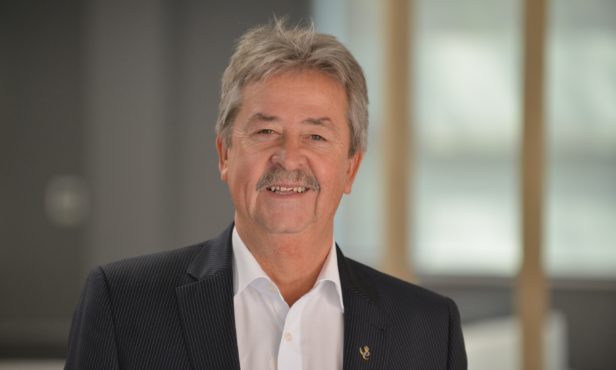John Dobson is CEO of SmartSearch
In a world where masks are becoming the norm for face-to-face interactions, how do brokers accurately identify their clients? While a lot of interactions have become virtual, when meeting a client in person, a face mask will certainly impact brokers’ ability to identify and onboard new clients. This may even present an issue when communicating with existing clients.
Establishing who the person you are speaking to is a crucial step in ensuring you are compliant with anti-money laundering regulations. But with face masks likely to still be needed when meeting in person for the foreseeable future, how can brokers ensure the client is who they claim to be?
Facial recognition software has come a long way and is an option for those communicating via video conference. There are issues when used in person, as when wearing masks, the technology is less effective. However, facial recognition always works best when in conjunction with other data.
At SmartSearch we introduced facial recognition technology in 2020 as part of the technological enhancements to our digital solution and have always seen it as supporting traditional terrestrial data verification.
To be fully compliant with current anti-money laundering regulations you need a minimum of two independent pieces of identity verification data as a minimum to establish a pass result. Which you can do with Credit Reference Agency (CRA) data.
Electronic checks using credit reporting data will bring to light any discrepancies in a client’s personal history and clearly flag up where further action is required. Facial recognition is the icing on the cake, giving businesses that crucial extra reassurance that the person they are dealing with is on the level.
While facial recognition technology will certainly get better at identifying us, even when wearing a mask, it works best when used in conjunction with other data.
To ensure you are fully compliant, implementing the latest ID verification technology is the best solution. It takes less than three seconds to check if your customer is who they say they are and it can also be done remotely which makes it more efficient and Covid safe.
Even post-pandemic, when we are free to meet without facemasks, brokers should be moving to electronic verification as it is much more reliable, accurate and cost effective than assessing a physical ID.

